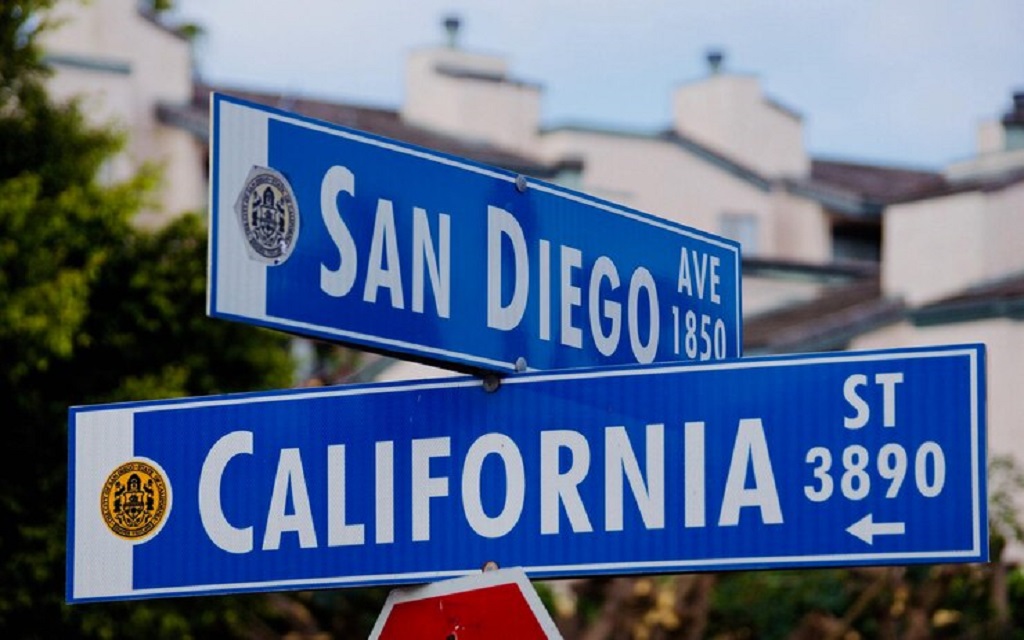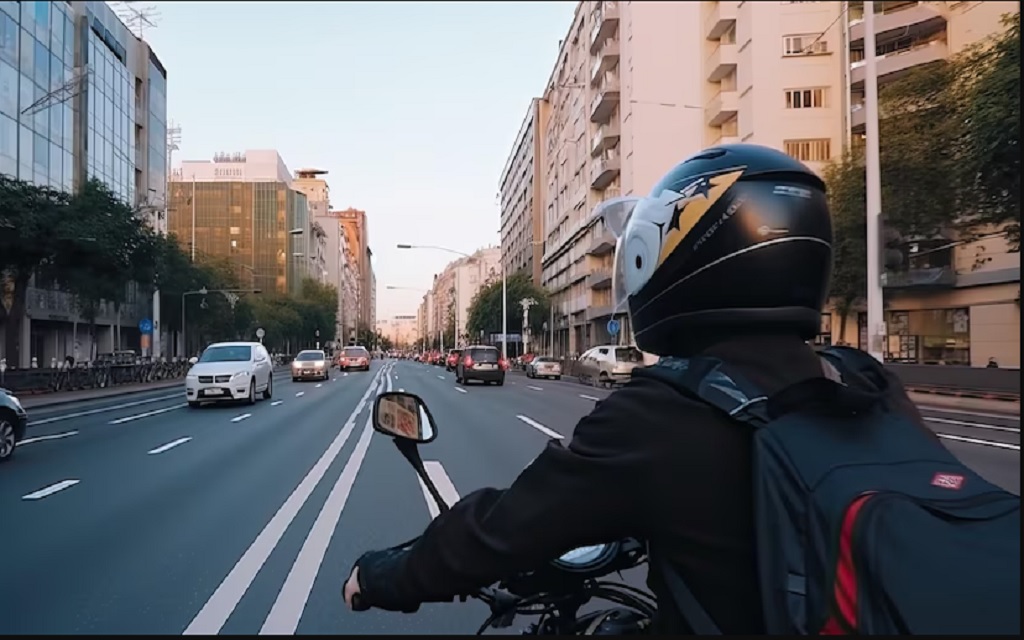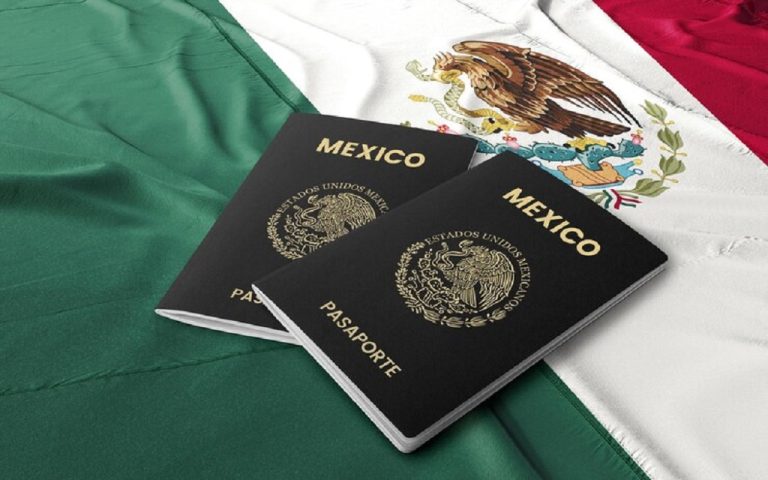Last updated: October 19, 2025
Author: Lynn Fisher
Lane Splitting in California affects riders and drivers every day. California defines lane splitting in §21658.1. The law sets no numeric speeds. Many countries allow filtering or splitting under their rules. This guide explains the law, safety tips, research, and FAQs.
What Is Lane Splitting?

Lane splitting means riding a motorcycle between rows of vehicles. Traffic may move or stand still. California uses this definition in §21658.1.
Have you ever wished you could go faster while stuck in traffic? Lane splitting provides this opportunity, allowing riders to avoid lengthy delays during peak hours. California law has formally acknowledged this practice since 2016, but its origins in rider behavior go back much further.
Is Lane Splitting Legal in California?
Yes. California law defines lane splitting but does not set numeric speed limits for it. Under Vehicle Code §21658.1, “lane splitting” means riding a motorcycle between rows of stopped or moving vehicles in the same lane. The statute authorizes the CHP to develop safety education, but it does not impose MPH thresholds.
Key point: Any specific MPH numbers you’ve seen online (e.g., “≤30 mph” or “+10 mph over traffic”) are safety tips, not law. These are CHP safety tips or study interpretations, not enforceable limits in the statute. The CHP has published non-binding Lane Splitting Safety Tips to encourage prudent riding; they are guidance, not enforceable limits.
Safety Tips for Lane Splitting
Follow CHP guidance when you choose to split. Scan ahead and around. Keep margins open. Avoid sudden moves. Stay visible through lane position choices. Headlights improve notice in traffic. Consider gear that stands out.
Keep speed differences modest. Do not assume drivers see you. Watch for lane changes near ramps. Leave an escape route on either side. Pause when patterns look unpredictable. Tips are guidance, not law.
Practical Safety Guidance (From CHP — Not Law)
These are CHP safety tips, not law.
CHP stresses three core habits. Be reasonable, responsible and respectful. These habits cut crash risk. CHP also warns about dangerous contexts. Poor visibility increases risk. Bad weather narrows margins. Large vehicles hide you. Give them extra space. These are education points, not rules.
CHP also promotes formal training. The California Motorcyclist Safety Program teaches core street skills. Courses serve new and returning riders. Completion may help with licensing steps.
The Benefits of Lane Splitting
Traffic can flow smoother when riders filter. Riders spend less time in stop-and-go lines. Rear-end risk may drop at lower differentials. Riders wait less in hot weather. Engines overheat less in queues. Stress can ease when movement continues. Benefits always depend on context.
What the Research Says
UC Berkeley and the California OTS studied California crashes. Lane splitting showed fewer rear-end injuries in slow traffic. Risk increased at higher speed gaps. Rider behavior changed outcomes. Use extra caution in faster flows.
Common Misconceptions About Lane Splitting
Lane Splitting Is Dangerous.
Risk depends on context and behavior. Lower speed gaps reduce risk. Careful scanning helps. Research supports those points.
Lane Splitting Is Illegal.
That is false in California. The code defines the practice and allows education. The code adds no speed numbers.
Only Experienced Riders Can Lane Split.
Training helps all riders. New riders can learn judgment. CMSP courses build skills and awareness.
Lane Splitting and Insurance
Tell your insurer about your riding habits. Keep policy details handy. Ask about documentation needs. Claims improve with evidence. Timely reporting prevents issues. Disputes often need counsel. Legal advice protects your rights. CHP encourages strong safety habits. Courts review facts and conduct.
If You’re In a Lane-Splitting Crash (Checklist)
Check injuries and call 911.
Document positions, lanes, and damage.
Record traffic flow and lighting.
Capture video if safe.
Collect names and contacts.
Get the police report number.
Seek prompt medical evaluation.
Notify your insurer with only facts.
Consult a California attorney on liability.
Track deadlines and expenses.
Lane Splitting: Riding Experience
Riding between lanes demands calm focus. Small choices matter every second. Space changes quickly in traffic. Smooth inputs reduce surprises. Confidence grows through training and practice. Courtesy lowers conflict. Good habits build safety over time.
Driver etiquette
Driver tips for safer sharing
Check mirrors often in congestion.
Signal early before lane changes.
Leave space near lane lines.
Expect a motorcycle in the gap.
Look twice near ramps and exits.
Hold your line during splits.
Conclusion
Lane Splitting in California remains legal under §21658.1. Is Lane Splitting Legal in California? Yes. The law sets no numeric speeds. Follow CHP guidance and use judgment. Train through CMSP. Respect others on the road.
Frequently Asked Question(s)
Does California law tell me an exact speed to use when lane splitting?
No. §21658.1 defines the practice and empowers CHP education; it does not specify MPH limits. Use judgment and follow CHP’s non-binding safety tips.
Where is lane splitting riskiest?
Where speed differentials are high, next to large vehicles, in poor visibility, on uneven surfaces, or where drivers frequently change lanes. These are recurring risk factors highlighted in CHP tips and state-sponsored analyses.
How Fast Can You Lane Split?
California law sets no numeric speed. Keep speed differentials low. CHP frames these as safety tips, not rules.
Can You Lane Split on the Highway?
Yes. The legal definition applies on highways. Evaluate conditions. Higher speeds and larger differentials raise risk.
Why Is Lane Splitting Allowed by the State?
Many lawmakers view lane splitting as reckless, even though they have conceded the arguments put forth by proponents of the practice. They make the point that, in some situations, lane splitting can improve traffic flow and keep motorcyclists safer. Motorcycle riders can prevent collisions with oncoming traffic by lane splitting. It is also believed that lane splitting helps lessen traffic congestion, which is notoriously severe in cities.
What Remains After an Accident Caused by a Lane-Split?
The state decides vehicle accident cases under the fault rule, so proving fault is a requirement before any accident can result in compensation. You must obtain reliable legal counsel if involved in a lane-splitting accident. To find out who caused the collision and make the negligent driver pay for the harm they caused, consult an expert lawyer.
Ultimately, splitting lanes is permitted in California as long as it is done safely. Accident victims who were hurt in collisions due to irresponsible lane splitting or for any other cause should be aware of their legal rights to damages and how to hold those at fault.
Disclaimer: Judicialocean provides this post for informational purposes only. You can obtain the necessary reimbursement and comprehend your options with the assistance of a legal professional.
Reference set
Vehicle Code §21658.1 (lane-splitting definition). California.Public.Law
CHP Lane Splitting Safety Tips (non-binding guidance). Lane Splitting is Legal in California
California OTS / UC Berkeley analysis (PDF) + Berkeley News summary. Office of Traffic Safety+1
Google Search Central — Creating helpful, reliable, people-first content. Google for Developers




